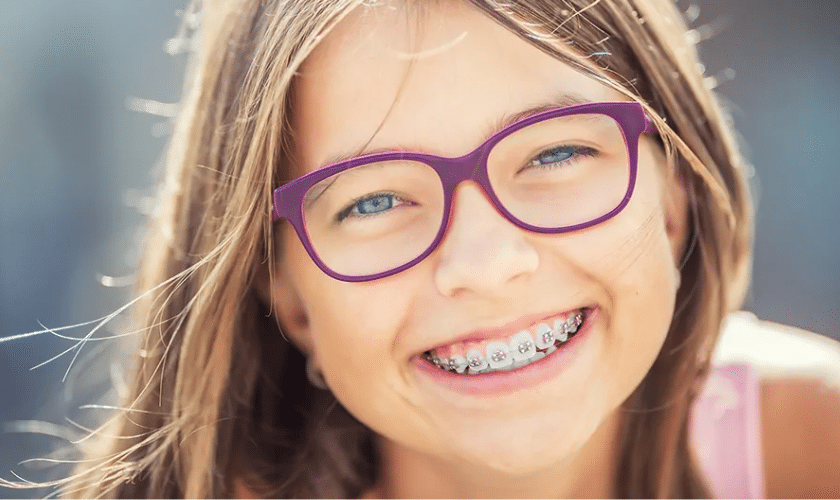
Braces for Kids: When is the Right Time to Start Orthodontic Treatment?
Are you a parent wondering when the perfect time is to embark on the journey of orthodontic treatment for your child? Look no further! In this blog post, we will unravel the mystery surrounding braces for kids and reveal everything you need to know about timing that oh-so-important decision. So buckle up and get ready to dive into a world where straight smiles are born – it’s time to determine when exactly is the right time to start orthodontic treatment for your little one!What are the Benefits of Orthodontic Treatment?
Orthodontic treatment can offer a number of benefits for children. The most obvious benefit is an improvement in the appearance of your child’s teeth and smile. With straighter teeth, your child will have boosted self-confidence and a more attractive smile. In addition to the cosmetic benefits, there are also several functional advantages to orthodontic treatment. Teeth that are properly aligned are easier to clean, which can lead to improved oral health. Additionally, straight teeth can help improve chewing function and prevent premature wear on the teeth. If you’re considering orthodontic treatment for your child, it’s important to consult with an experienced orthodontist to discuss all of the potential benefits and find out if treatment is right for your child.When Should Kids Start Orthodontic Treatment?
There is no one answer to the question of when kids should start orthodontic treatment. The American Association of Orthodontists recommends that children be seen by an orthodontist around age 7, but this does not necessarily mean that treatment will be necessary at this time. Some kids may benefit from early intervention to prevent more serious problems from developing, while others may not need treatment until they are older. The best way to determine if your child needs orthodontic treatment is to consult with an orthodontist. They will be able to evaluate your child’s individual needs and recommend the best course of action.Types of Braces for Kids
There are many different types of braces for kids, and the right type for your child will depend on their individual needs. Here are some of the most common types of braces for kids: -Metal Braces: Metal braces are the most traditional type of braces, and they are also the most visible. Metal braces are made of two parts: brackets that are glued to the teeth, and wires that connect the brackets. Metal braces can be uncomfortable at first, but most kids adjust quickly. -Clear Braces: Clear braces are made of clear plastic or ceramic, and they are much less visible than metal braces. Clear braces work in the same way as metal braces, but they tend to be more expensive. -Invisible Braces: Invisible braces (also called “lingual” or “clear aligners”) are clear plastic trays that fit over the teeth. They work by gradually moving the teeth into alignment. Invisible braces are very popular because they are nearly invisible when worn. However, they can be more expensive than other types of braces. Your orthodontist will help you choose the best type of braces for your child based on their individual needs.Care and Maintenance of Braces
Assuming your child has just been fitted with braces, you may be wondering how to care for them. Here are a few tips on how to keep your child’s braces clean and in good condition: -Toothbrush: Use a toothbrush with soft bristles to avoid irritating the gums. Be sure to brush around all brackets and wires. A sonic toothbrush can be especially helpful in getting hard-to-reach places clean. -Floss: Flossing with braces can be difficult, but it’s important to do it every day. There are special flossers that make it easier to floss around the braces. Waterpik is also an option – just be sure not to put too much pressure on the teeth or gums. -Mouthwash: Swishing with mouthwash can help get rid of bacteria and food particles that brushing and flossing miss. -Avoid hard and sticky foods: Foods like candy, gum, ice, popcorn kernels, etc. can damage the wires and brackets. It’s best to avoid them altogether. If your child does eat something hard or sticky, be sure they brush their teeth afterwards. Braces for kids are an important part of orthodontic care and can help numerous issues with the jaw, teeth, and bite. However, it’s important to find out if your child is a candidate for treatment or not. Consider talking to your dentist about when the best time would be to start orthodontic treatment for your child. With proper guidance from a qualified professional, you can ensure that your kid will receive the best possible care at the right time so they have beautiful and healthy smiles for life.Tags: Braces for Kids
